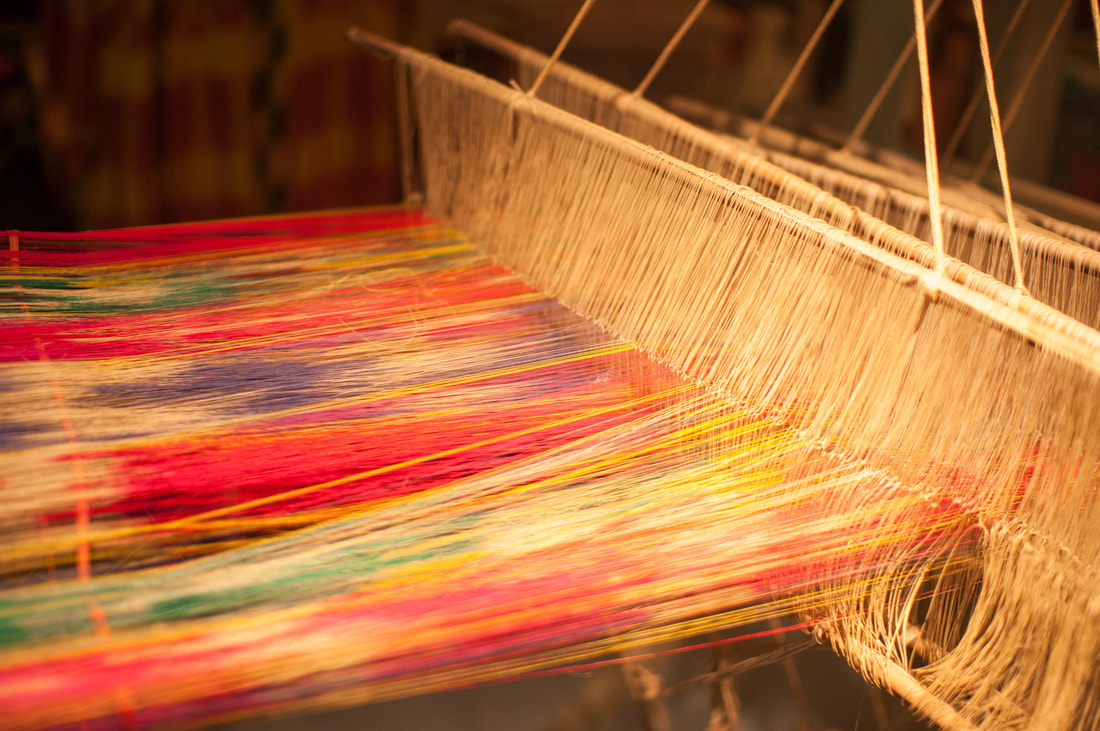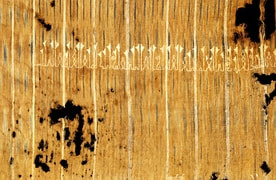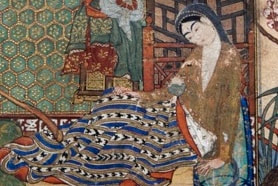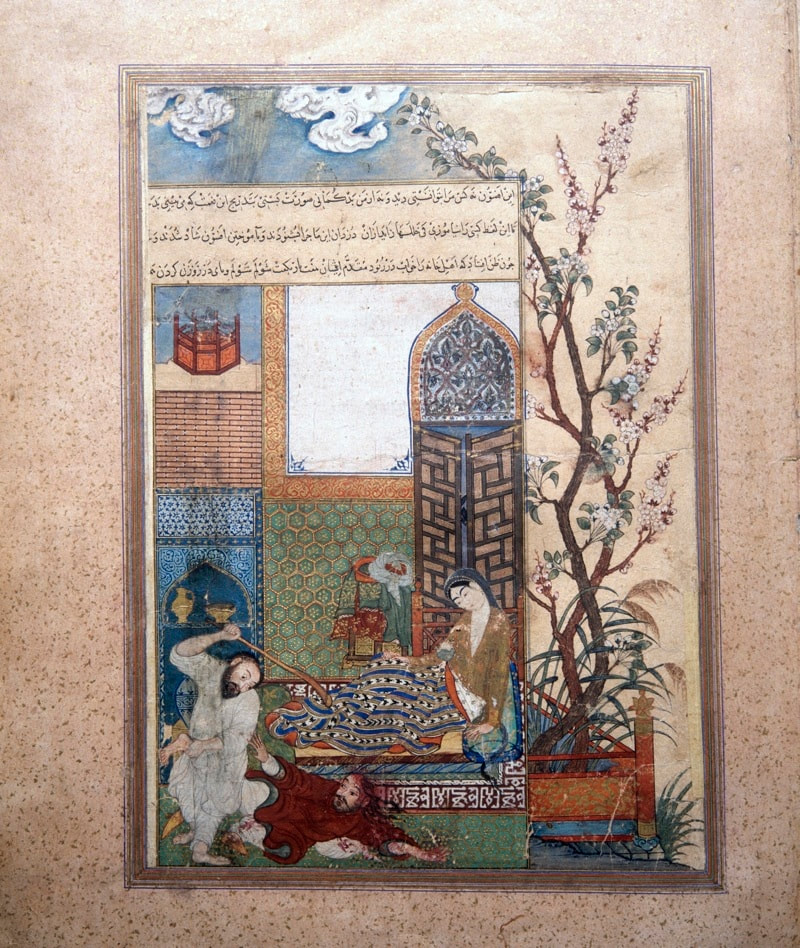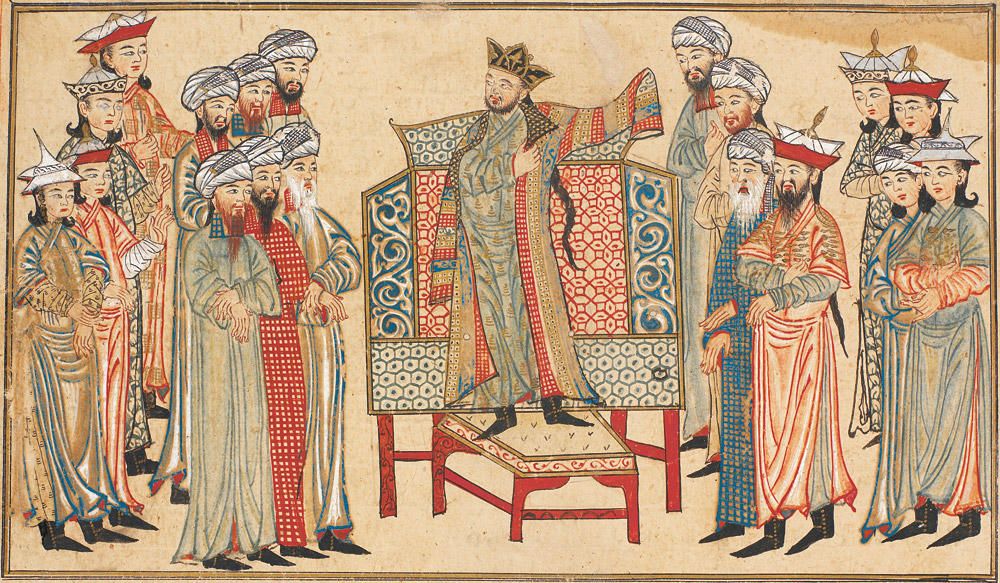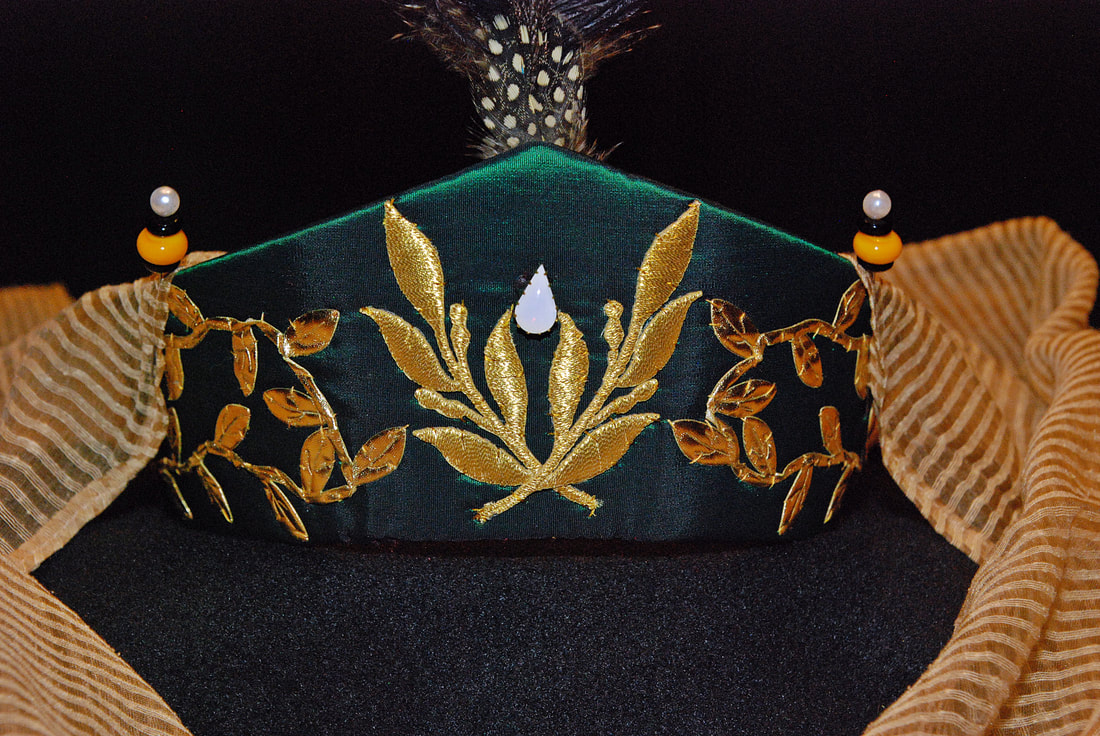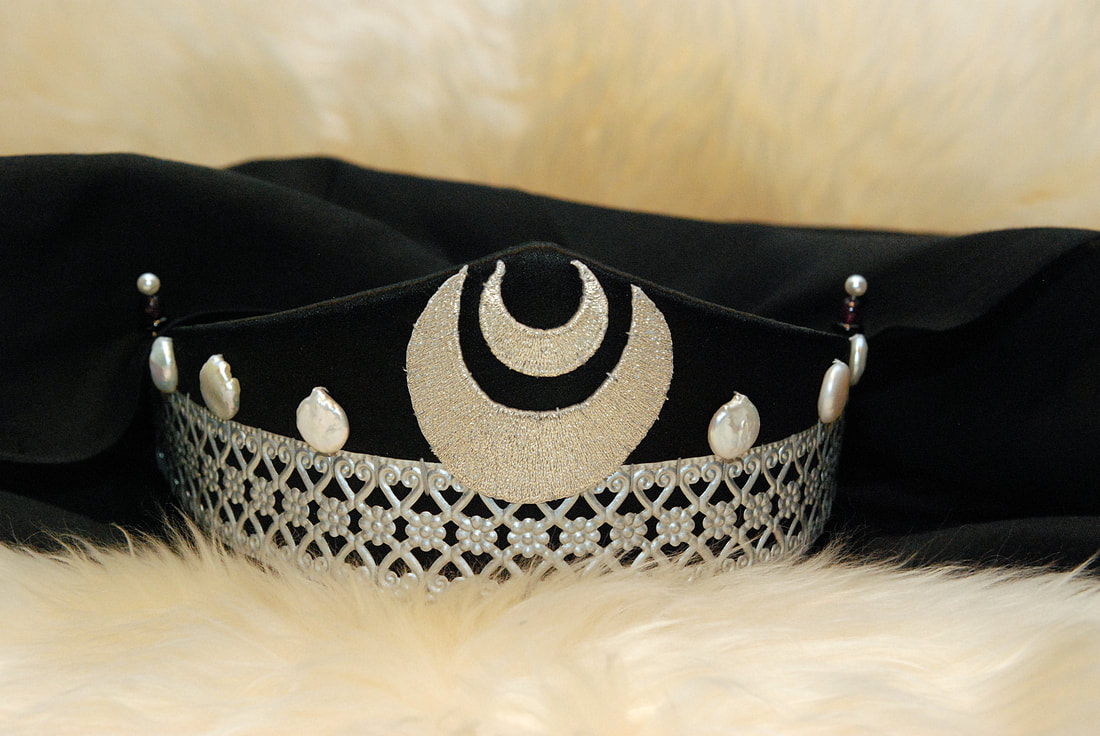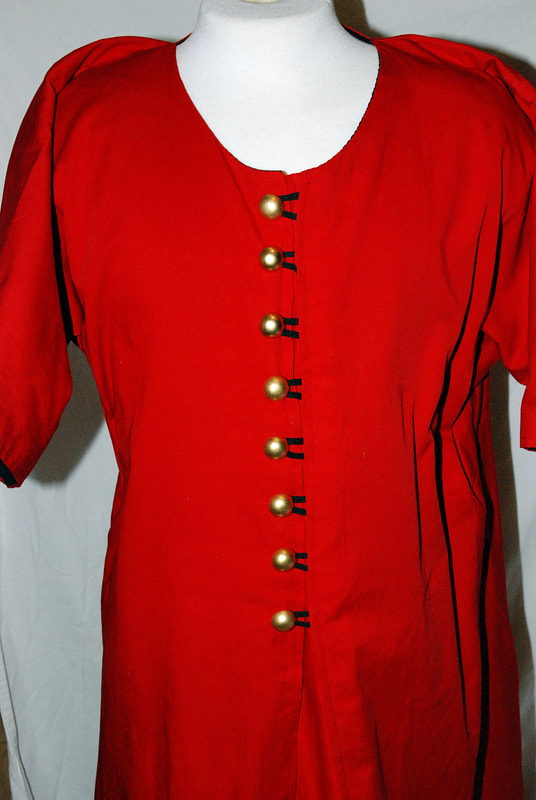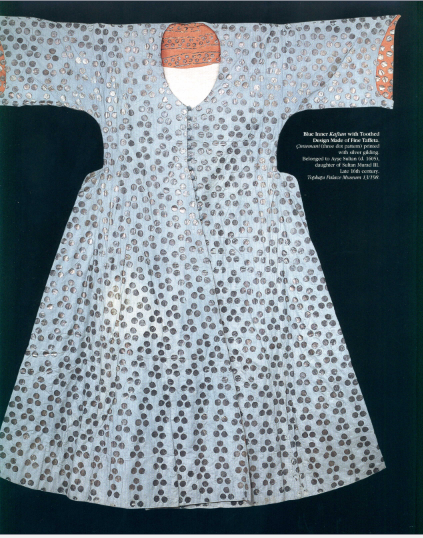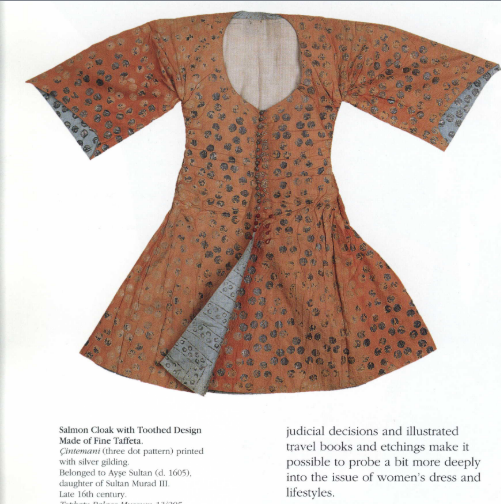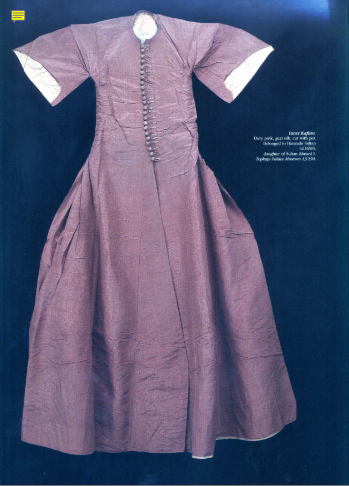Ikat is amazing and I am a bit obsessed with it. It's like hippie tie-die went to university and got a ph.d in physics. The basic process is this: all woven fabrics (as opposed to knitted, felted, twined etc) are formed by the intersection of threads under tension, with one parallel thread group situated at right angels to another. From a weaver's perspective as she weaves, the lengthwise threads are called the 'warp' and are held under tension. The weaver creates cloth by passing the weft thread in some variation of an over-under-over pattern to create cloth.
So the simplest weave is an even number of warp and weft threads and the weft threads follow a pattern of under one, over one repeated. If you had that little plastic loom as a kid that came with fabric loops that you wove into a potholder, that is a basic plain weave fabric.
But humans are clever and so there are an incredible number of techniques that have been used to add additional color, texture and pattern to cloth.
Ikat creates a pattern by tie-dying the warp threads. Before they are put on the loom. Because the dyed pattern shifts a bit as the warp is set up on the loom and the weaving progresses, the patterns have 'fuzzy' edges. In Central Asia, the technique is called abr-bandi, which means 'cloud bands' or abrband meaning 'tying a cloud'. Ikat is also produced in Indonesia and that is where the term comes from, but for this post I am just talking about Central Asian abr-bandi.
Here is a really brilliant article with gorgeous pictures of some of the steps: http://www.tafalist.art/ikat-weaving-cloud-tying-from-one-generation-to-the-next-in-uzbekistan/
So far, the earliest Central Asian ikat I have seen personally is from the 10th century. I'd like to push that back farther, if anyone knows of evidence that I'm missing, please share.
This is a veil from 10th century Yemen. It has fringed edges and the calligraphic border was gilded in a similar way to the caftan worn by Hanzade Sultan that we were talking about a couple of days ago.
You do also see ikat depicted in Persian miniature painting a few hundred years later. They are almost always shown as night clothing or home furnishings like blankets.
Here is a link to a gorgeous slide-show of 18th-20th century ikat caftans that really show off the technical virtuosity of the weavers.
https://www.hali.com/news/power-pattern-central-asian-ikats-david-elizabeth-reisbord-collection-lacma-los-angeles/#jp-carousel-24303
One of the things that really amazes me is that in the ikat industry in the Ferghana Valley in Central Asia (modern day Uzbekistan) the production of ikat is divided into up to 100 tasks from silk work to finished fabric. These tasks are then each controlled by a family-based guild. One to bind the warp, one to dye the warp, another to place it on the loom and another to do the actual weaving. Which makes sense when you think about it. I have also heard that this is still practiced in some of the villages there and that they loop the freshly-dyed warps along the outsides of the house overnight to dry.
Can you imagine waking up with the dawn to watch the light dance over the silk? I don't know about you, but that is pretty high on my bucket list.
The other tidbit I think is neat is that one of the preferred binding material for warps currently is the tape from cassette tapes. It has just a little bit of stretch so it allows the bindings to be wrapped tightly to more easily control where the craftsmen want the color to go. Simple string was used in period.
Fortunately, the modern home decorator fabric market is currently obsessed with ikat, so it is easier to find. However, the modern 're-imagination' of traditional ikat uses the larger scale patterns and a mostly pastel color palette. That doesn't mean that you can't find good period-appropriate ikats for historical clothing, you just have to pay attention to scale and color. Also, ikat is still produced in places like Guatemala and Indonesia using cotton and with a more saturated color palette. Contemporary quilters are having a ball playing with ikats and indigo resist-dyed cottons in general, so if you have a quilt shop nearby, go check it out.
I currently don't have solid documentation for the use of ikat in the clothing of people of high rank although I can find many examples of patterned stripes used by those of high rank. So I typically buy cotton ikat in smaller scale patterns and use them for field garb or as under-layers. Though I have a chunk of silk ikat that I can hear calling my name from the other end of the house.
Global Ikat
https://www.clothroads.com/ikat-the-world-over/
Types of Ikat
https://www.clothroads.com/fooled-by-ikat/
